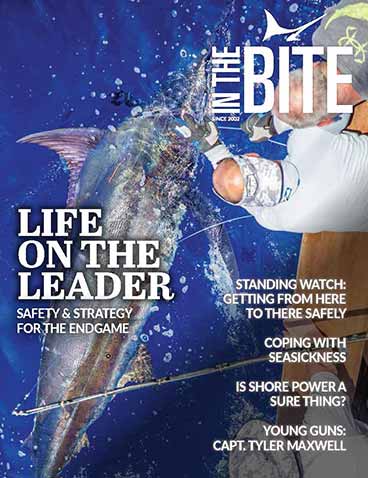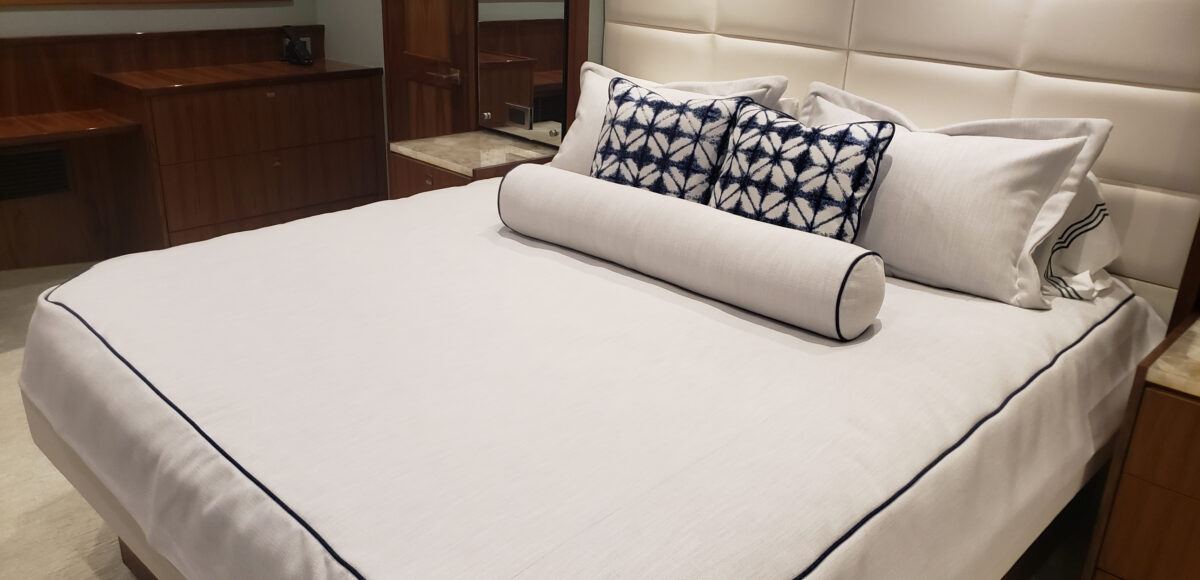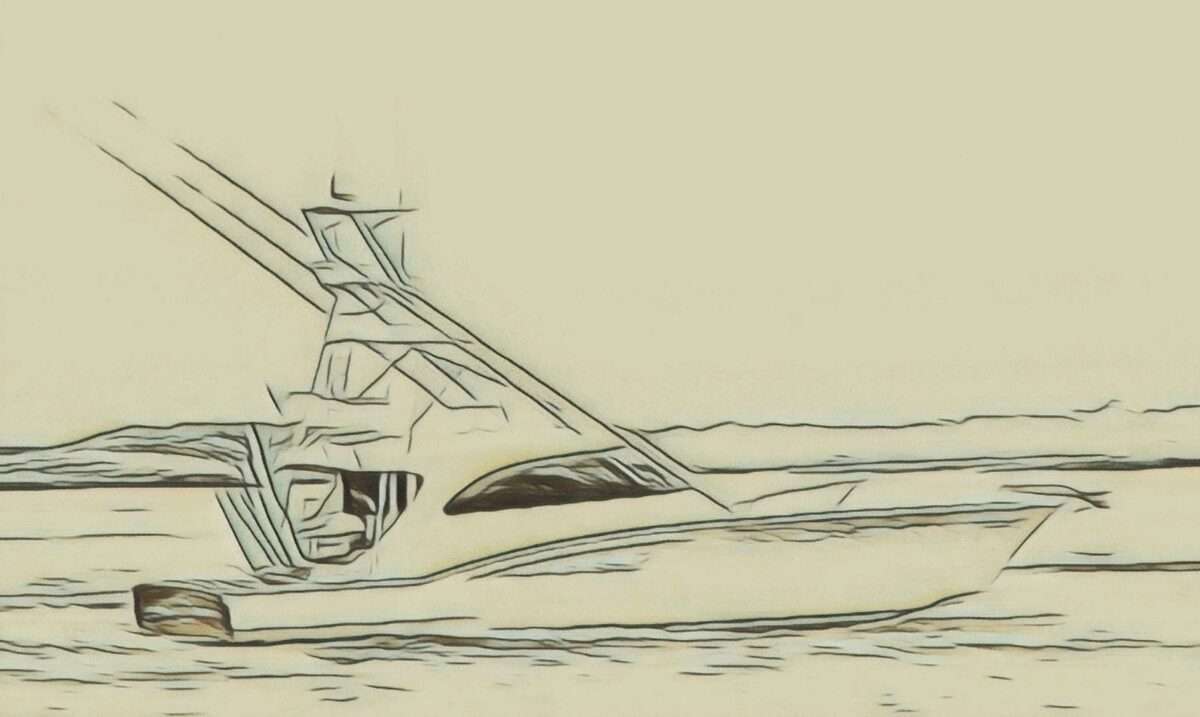
Imagine a time of consistent and identifiable customers who kept your order books, and the shipyards, filled to maximum capacity. An industry where business flows in as steadily as the tides. This was the state of the U.S. marine industry three decades ago upon my entry as an American yacht designer. The client base was well-grounded, stable and secure. As is the case in all industries, customer base and market share are subject to shift. So it should come as no surprise that there have been a few variations over the years. However, there is an even greater shift underway now, one that will soon be a game-changer for all in our industry, particularly here in the U.S.
THE OLD INDUSTRY AND THE NEW
There was a time when an individual would commission a yacht, based upon tradition and etiquette, to immortalize his success and achievements in a way that no other material possession could. A yacht was the crown jewel of a lifestyle, reflecting one’s personal achievements. A legacy piece to be passed down generation to generation.
To a certain degree, the success of the U.S. marine industry relied on this generational cycle. This fueled an industry based on trust and personal relationships and galvanized brand loyalty for many builders throughout the years.
Today world is different. The new generation no longer falls back on tradition or looks to its predecessors for cues on how to proceed. They are pushing forward full speed ahead, cutting their own path with the greatest tutor known to man: technology.
Through technology comes the exposure to thoughts and aspirations that influence their path unlike anything before. Our future clients are driven by peer influence, and it has become increasingly clear that what we once depended on as a guarantee”the generational flow of those who looked to their predecessors for guidance on the purchase and acquisitions of vessels”will in time evaporate.
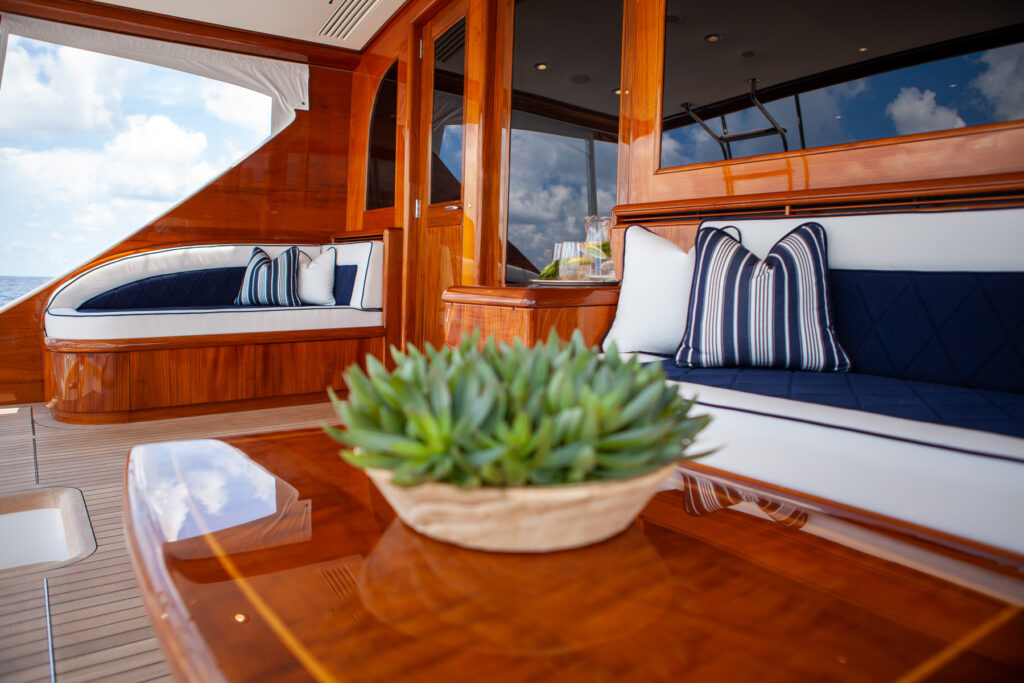
WE ARE FACING A COMPLETELY NEW ERA AND ARENA OF CONSUMERS
The advent of social media has shown that brands across all sectors can rise from the depths of obscurity. At the same time, well-heeled familiar brands can be thrown into peril by effortless taps on a keyboard.
Complacency in the analog age took years, if not decades, to erode the customer base of monumental brands. Today, smaller, downsized versions of once behemoth brands serve as vestiges of their once powerful brand strength and stability. Without brand loyalty in this new digital age, even the industry most iconic brands may not stay afloat.
What is the solution then? What will drive the market back to the States and revive the success of global luxury brands?
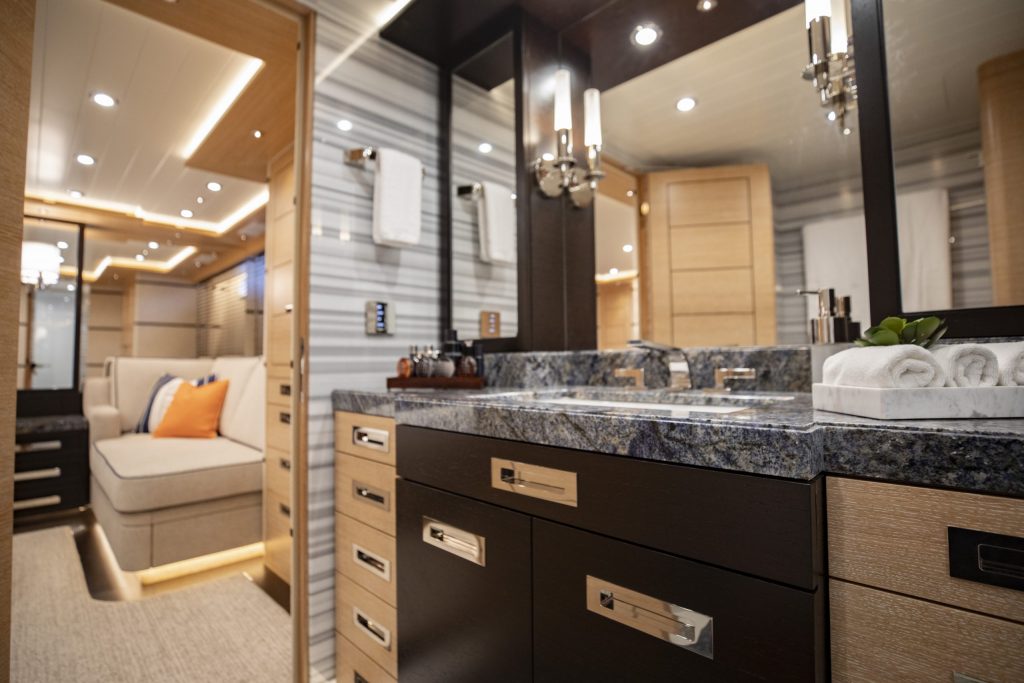
AESTHETICS
The change in this global game is the equal weight of aesthetics and function. The automotive industry is an example of such a reality. At first glance, the cab of today four-door work truck can easily be mistaken for the cabin in a luxury four-door Sedan.
This isnt unique to a singular brand. This is the new norm, and it is a wake-up call to the fact that aesthetics is now in the driver seat. Every space must be termed valuable not only in usage, but also in visual design.
As sportfishing embodies a truly American passion, it is here I see the biggest opportunity for a collective stronghold. It is more historic and become more popular in the U.S. than anywhere else on the planet.
I think we can agree with confidence that we own this game. We can maintain that status by looking at the state of the U.S. motor yacht industry and heeding the lessons learned there. After almost 30 years of mostly superyacht design work, in the past four years, I’ve had the privilege of designing five very interesting sportfish projects, which is a relatively new sector for me. With the exception of two, all were American clients. Of all five vessels, the driving factor was, you guessed it, aesthetics.
Please allow me to state the very obvious before I proceed. All of these vessels are fighting machines, and each and every one of these owners are avid sportfishermen. It goes without saying that the specifications and appointments that make a boat a sportfishing boat were indeed an integral part of their build/re-fit program.
That being said, an emerging driving factor is that today’s new and ever-younger owner is looking for a boat to function, perform and operate as a fighting machine. Yet these owners still expect to have the aesthetics of everything else in their life represented in their vessel.

WHY AESTHETICS MATTERS
Now more than ever, the details of one’s personal brand extend to every aspect of their world. Movement between their residences, their airplanes, their yachts, and now their sportfishing boats, has become a series of seamless transitions. Continuity is achieved when the aesthetics of all environments are familiar and symbiotic. Not only is this the chief ambition for the new generation of yacht owners, but an opportunity for the entire industry. We now become problem solvers creating a way to bring consistency into an ever-changing world. Aesthetics is the whistle, and the louder the blow, the greater the following. With this perspective, one can see why clients will disappear to follow the designer with the most visibly appealing projects.
OPPOSING WORLDVIEWS
So as not to appear sanctimonious, as an American yacht designer I include myself in the following statement: as an industry, we have fallen asleep at the wheel when it comes to keeping up with the times. As an industry, we can recognize and acknowledge who our clients are by considering a somewhat foreign mindset.
There needs to be a general open-mindedness about the new generation. Yards that insist on remaining loyal to tradition need to offer new clients modern aesthetics while servicing their traditional clients. This is the only way to keep American yards alive and open as foreign builders take buyers away.
There are many positives to this shift. Though this new generation thinks differently than the traditionalists, we can learn something from both sides. Those entering the market with newly amassed wealth and an interest in sportfishing without the weight of what should be done will bring new creative ideas to the industry, while those who have led the way in the American sportfishing market will have the opportunity to teach the proper traditions, care and maintenance to a new generation.
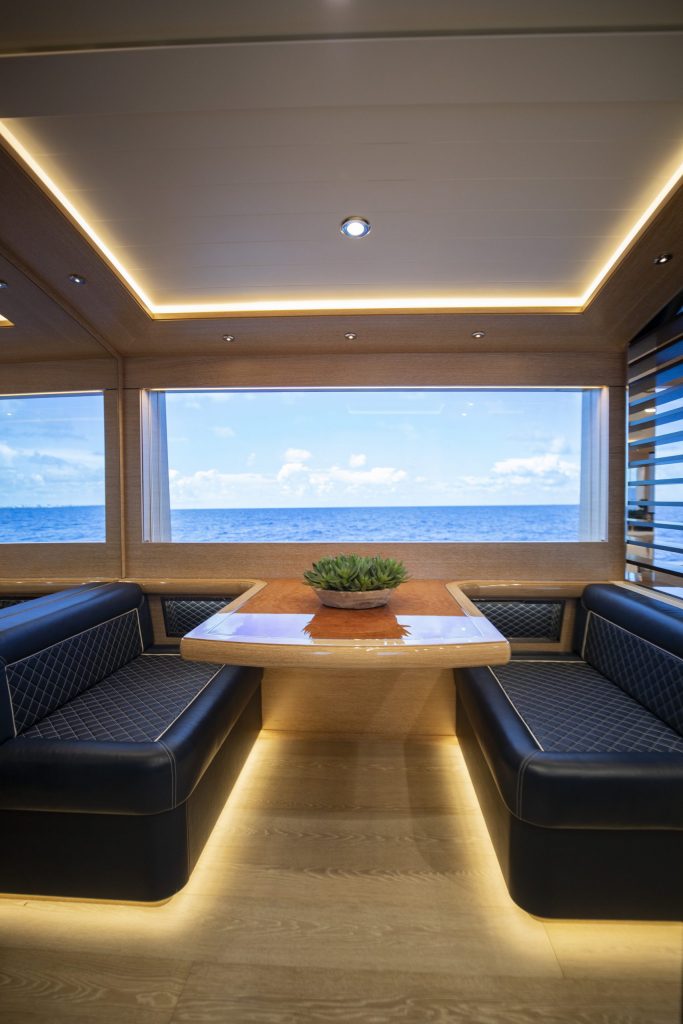
IT IS TIME TO ACCEPT AND EMBRACE THIS CHANGE
As global stewards leading the way in the sportfishing sector, we risk being beaten at our own game. Global brands may already be eating our meals, but there is still meat on the table. It’s time for the U.S. Marine Industry to reclaim its rightful eminence. Wake up! Our new client is here!

